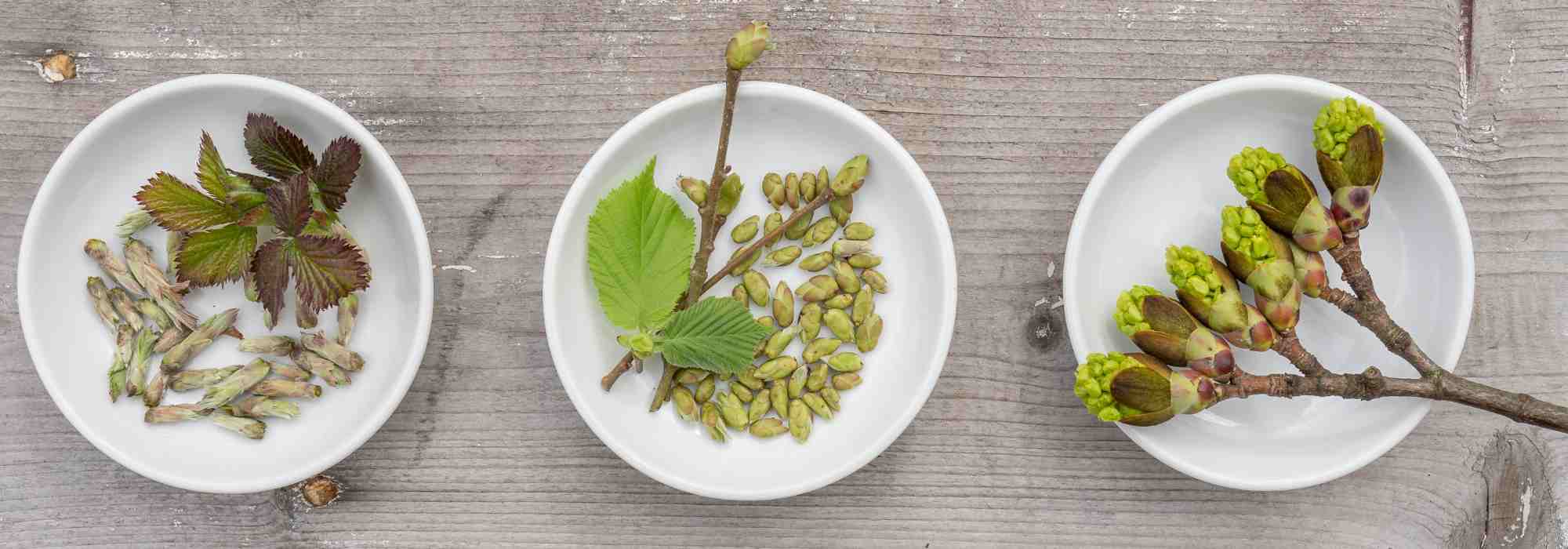
Gemmotherapy: The vital energy of buds
All About the Power of Buds and Their Effects on Our Health
Contents
Gemmotherapy, have you heard of it? This term appeared several years ago in literature and publications to describe a natural method of prevention and healing using the buds of trees and bushes.
Gemmotherapy is a branch of phytotherapy that uses macerates of buds, young shoots or rootlets of plants for their concentrated natural active properties.
Why take an interest in this aspect of naturopathy and phytotherapy? Which plants are best for their benefits? What is fact versus fiction in gemmotherapy? We attempt to provide factual answers in this article.
A brief history of gemmotherapy
Gemmotherapy was developed in the 1950s by Dr Pol Henry (1918-1988), a Belgian physician and homeopath. He observed that plant buds contain higher concentrations of active principles than other parts of the mature plant, such as leaves or roots. According to him, embryonic plant tissues like buds, young shoots and rootlets concentrate the entire potential of the plant and possess unique regenerative properties. His initial research and publications on gemmotherapy were published in January 1959, laying the foundations for this approach to natural medicine. He primarily relied on the preparation of pure macerates from plant extracts.
At the time, Pol Henry named this approach ‘Phytoembryotherapy’, referring to the embryonic stage sought in plants for its multiple properties. The term ‘gemmotherapy’ actually first appeared with Dr Max Tétau, another Belgian physician who expanded upon the theory of the vital power of buds and meristematic tissues. He was the first to use this term, based on the ancient word for bud, “gemma” (from Latin gemmae). It was Tétau who popularised the term “gemmotherapy” during the 20th century.
In gemmotherapy, buds are therefore considered the genetic heritage of each plant, a true concentrate of vitamins and active principles, containing the potential of the leaf, flower, stem and fruit.
Which buds for which ailments?
While many plants are used in gemmotherapy, some are more widely recognised than others for their virtues, acknowledged for centuries and renowned for their various actions. Here are the most celebrated bushes and trees for their efficacy in gemmotherapy:
Among bushes
- The blackcurrant (Ribes nigrum) : the star bud of gemmotherapy and undoubtedly the most widely used! Blackcurrant bud extract has long been recognised for its anti-inflammatory properties (referred to as a cortisone-like effect in medical jargon, as it can mimic cortisone’s effects without its secondary effects). It is also often called the rheumatism plant. Its bud macerate is thus considered an anti-rheumatic. It is also believed to have a revitalising effect on the body and a protective role on the immune system against winter viruses. Lastly, the rutin content in its leaves is recommended for those with circulatory issues. Blackcurrant is one of the plants most commonly combined with others (synergy) due to its wide range of benefits.
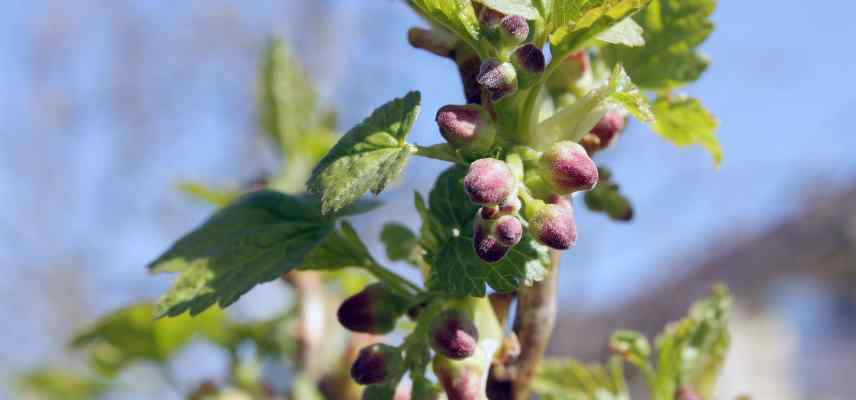
- The fig tree (Ficus carica): it is renowned for its digestive benefits. Ficustol and ficin, along with tannins present in macerates, are said to relieve digestive disorders, gastric acidity, oesophageal dysphagia, and duodenal ulcers. Bud extract is used for this purpose. It is also widely recommended for its calming effect on the nervous system, thanks to its flavonoids and alkaloids: it may combat stress, anxiety, depression, psychosomatic conditions, and promote sleep. Lastly, it is also thought to support the circulatory system.
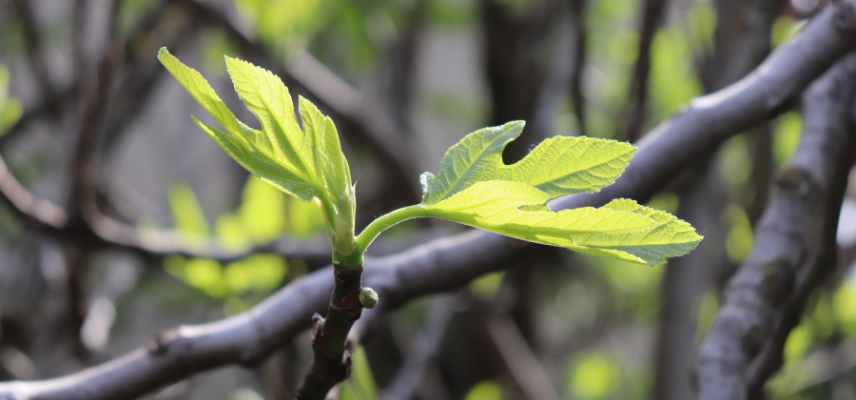
Among trees
- The common alder (Alnus glutinosa) is quite versatile in gemmotherapy. Considered an anti-inflammatory due to its ferulic acid, quinic acid, and antioxidant content, it is also believed to stimulate and strengthen the immune system (feverish states, bronchitis, and sinusitis). It may be particularly useful for improving blood circulation and supporting the digestive system. Finally, it is also valued for cognitive disorders, thanks to the quercetin it contains, a flavonoid that enhances brain oxygenation by improving blood flow.
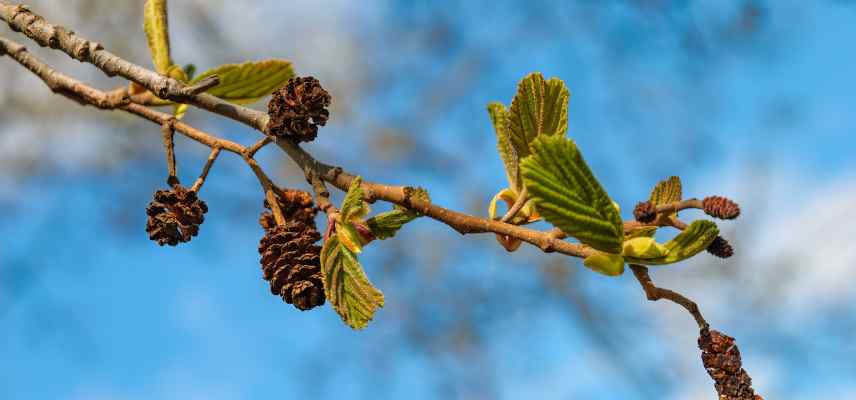
- The birch (Betula pubescens and Betula verrucosa): its buds are known for their detoxifying and diuretic properties. The phenolic acids it contains (betulinic and chlorogenic acid) as well as saponins help eliminate toxins from the body, acting as a natural liver and kidney drain. Birch is also prized as a remineraliser due to its trace elements (zinc, manganese, and silicon) and may help the body resist infections. It is also sometimes credited with anti-rheumatic action for its anti-inflammatory effect (thanks to its tannic compounds, salicylates, and flavonoids).
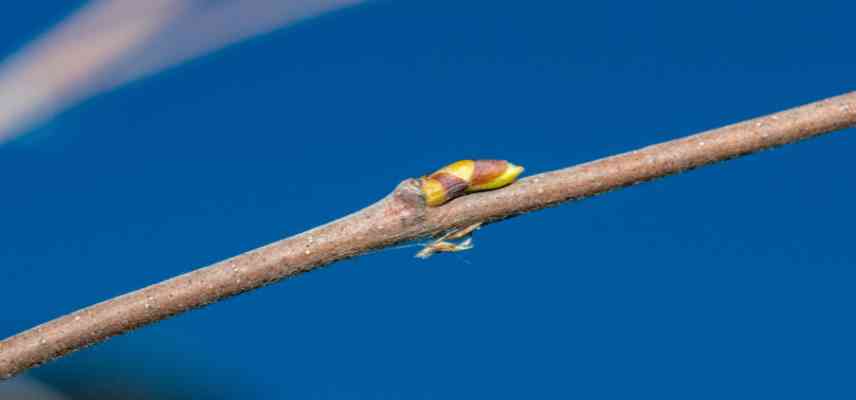
- The Scots pine (Pinus sylvestris) and mountain pine (Pinus montana): the buds of these two pines are often used for bone remineralisation. They are also employed in respiratory health to treat conditions such as coughs and bronchitis, specifically due to their terpenes (pinene and limonene) and anti-inflammatory, antibacterial phenols. Pine is believed to strengthen the immune system overall due to its vitamin C content. Mountain pine may support bone and joint reconstruction, such as in cases of osteoporosis.
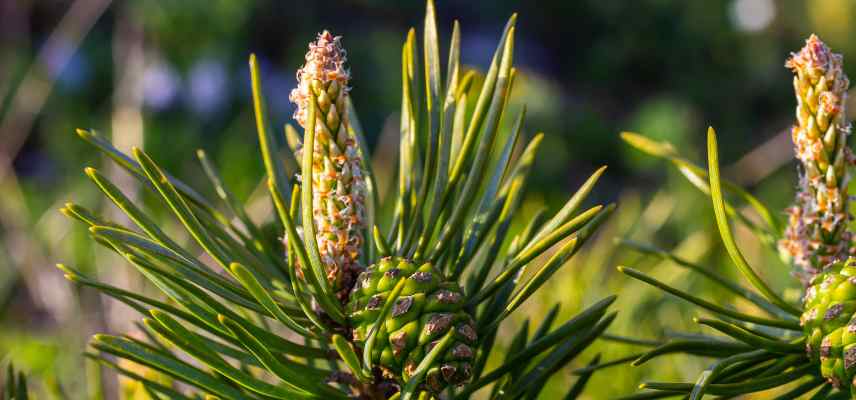
- The oak (Quercus robur): particularly recommended for fatigue and exhaustion, its tannin-rich buds, packed with trace elements, act as both a nervous and physical tonic. Oak is said to boost energy and immunity, combat asthenia, and address sexual fatigue. It is often prescribed during convalescence.
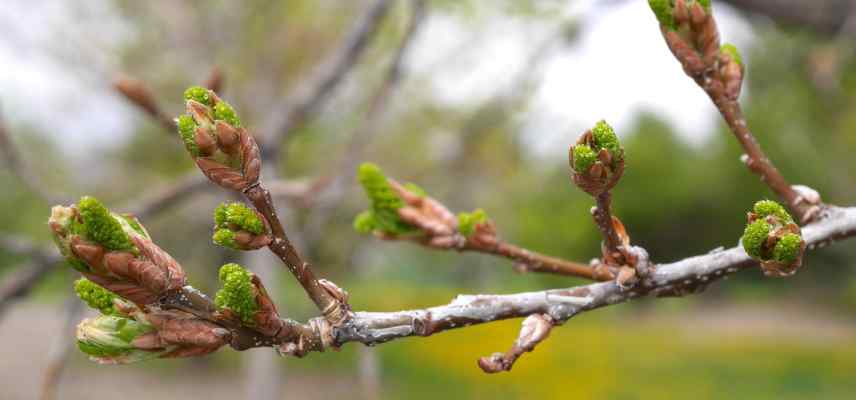
- The linden (Tilia tomentosa): like fig tree buds, linden buds are known for their soothing properties, helping to reduce stress and anxiety. It acts as a natural sleep aid, ideal for promoting restful sleep.
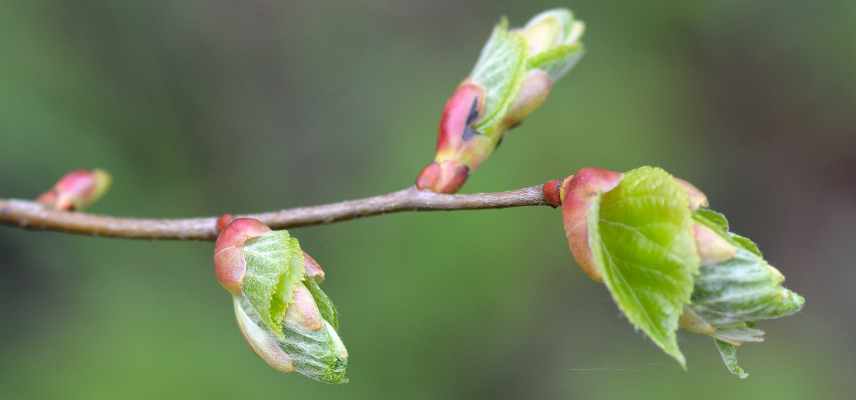
N.B.: The hazel (Corylus avellana), valued for its circulatory and pulmonary benefits; the walnut (Juglans regia), beneficial for the digestive system due to juglone and tannins (acting as an antiseptic and intestinal flora regulator); and the black poplar (Populus nigra), prized for its anti-inflammatory and circulatory effects, are other reliable choices in gemmotherapy.
Preparation of extracts, usage precautions, secondary effects and contraindications
How are bud extracts prepared?
In gemmotherapy, buds are harvested in spring, just before they open. They are rich in amino acids, vitamins and trace elements, as well as in sap, minerals and nucleic acids. The macerates are prepared by cold maceration of the buds, young shoots or young stems in a mixture of water, glycerine and alcohol to obtain an extract called glycerine macerate or mother macerate.
Plants can also be combined, in which case they are referred to as complexes, identifiable by a name composed of two letters and two numbers (for example, the GC01 complex is a combination of blackcurrant buds, young rosemary shoots and propolis mother tincture, considered an anti-allergenic with effects similar to cortisone).
These plant macerates should always be taken on an empty stomach or away from meals, either neat or diluted in water.
Secondary effects
Gemmotherapy offers a gentle, natural alternative to conventional treatments. Although it has fewer contraindications than aromatherapy (essential oils), caution is advised, as cases of allergic reactions and mild digestive disorders have been reported with incorrect dosages.
Contraindications
- Gemmotherapy is generally not recommended for pregnant or breastfeeding women due to the alcohol content in the macerates and the lack of data on potential effects on the foetus or infant.
- It is also contraindicated for young children, unless advised by a doctor, due to the alcohol content.
- People with known allergies to the plants used in the macerates should avoid gemmotherapy.
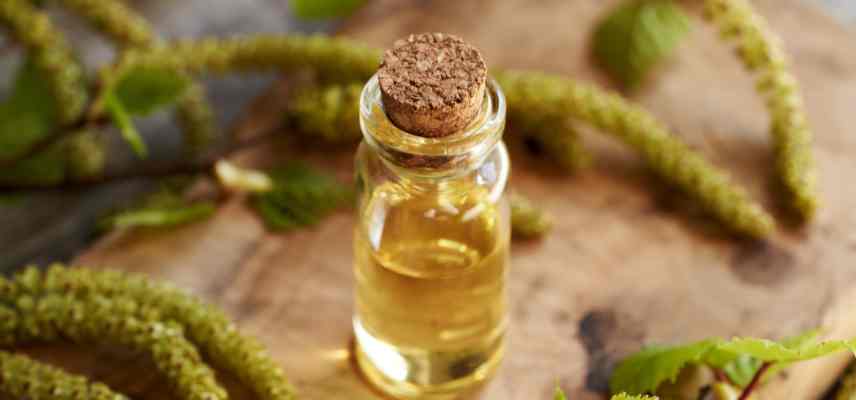
Should we believe in it?
Gemmotherapy is not backed by clinical studies approved by the scientific community. Some preliminary research suggests that plant buds contain beneficial active compounds, but large-scale, double-blind clinical studies are virtually absent. It therefore sorely lacks major publications, validation, and rigorous scientific evidence. This is the main drawback that can be levelled against it, and it’s a significant one. This makes many people sceptical about its efficacy.
One might also question the fact that it is recommended for treating a wide variety of conditions. From digestive disorders to breathing ailments, circulatory issues, or stress: buds are said to cure or relieve almost all ailments!
For all these reasons, gemmotherapy is often recommended as a complement to conventional treatments. It does not replace traditional medical care but can effectively supplement it. The medical world is gradually opening up to alternative therapies, which, when offered alongside certain cancer treatments, can support patients undergoing chemotherapy, for example. Rather than speaking of therapy, we prefer the idea of health prevention with gemmotherapy.
Nevertheless, gemmotherapy has garnered increasing interest from researchers over the past decade, revealing promising effects in neuroprotection, antioxidation, liver antifibrosis, and the microbial sphere. Here are some of the latest studies identified:
- On the antimicrobial potential in gemmotherapy: Máthé E., et al. Specific Antimicrobial Activities Revealed by Comparative Evaluation of Selected Gemmotherapy Extracts. Antibiotics (Basel, Switzerland). 2024:13(2).
- On the neuroprotective effects of blackcurrant: Máthé E., et al. The Flavonoid-Rich Black Currant (Ribes nigrum) Ethanolic Gemmotherapy Extract Elicits Neuroprotective Effect by Preventing Microglial Body Swelling in Hippocampus and Reduces Serum TNF-α Level: Pilot Study. Molecules, 2023:28(8).
- On the anti-fibrotic effects of hazel buds: , et al. Phytochemical Profiling and Anti-Fibrotic Activities of the Gemmotherapy Bud Extract of Corylus avellana in a Model of Liver Fibrosis on Diabetic Mice. Biomedicines. 2023 Jun 20;11(6):1771.
- On the antioxidant and nutritional properties of olive, sweet almond, and black mulberry: Amina A., et al. Phytoconstituent Profiles Associated with Relevant Antioxidant Potential and Variable Nutritive Effects of the Olive, Sweet Almond, and Black Mulberry Gemmotherapy Extracts. Antioxidants (Basel, Switzerland). 2023.Sep 4;12(9):1717.
- On the role of gemmotherapy extracts and encapsulation in dietary supplements to reduce oxidative stress and inflammation: Roncea, F. N., et al. The Role of Antioxidant Plant Extracts’ Composition and Encapsulation in Dietary Supplements and Gemmo-Derivatives, as Safe Adjuvants in Metabolic and Age-Related Conditions: A Review. Pharmaceuticals (Basel, Switzerland), 2024:17(12).

Warning on the use of gemmotherapy
The use of plants in phytotherapy is not without risks, and self-medication can in some cases be more harmful than beneficial. Although gemmotherapy is 100% natural, it should be used with caution.
- Always consult your doctor or a healthcare professional trained in this approach before starting any type of treatment, especially if you are already on medication.
- Whether it’s a course of treatment or maintenance therapy, never risk self-medicating. The type of plant and dosage must be determined in consultation with a specialised therapist. Only they know your medical history and can tailor a dosage to your overall health condition.
- Certain buds are contraindicated during pregnancy, breastfeeding, or when taking medication.
- Product quality: opt for extracts from organic farming and check the extraction method.
- For prolonged use or in case of doubt, it is recommended to consult a healthcare professional.
- Subscribe!
- Contents
































Comments